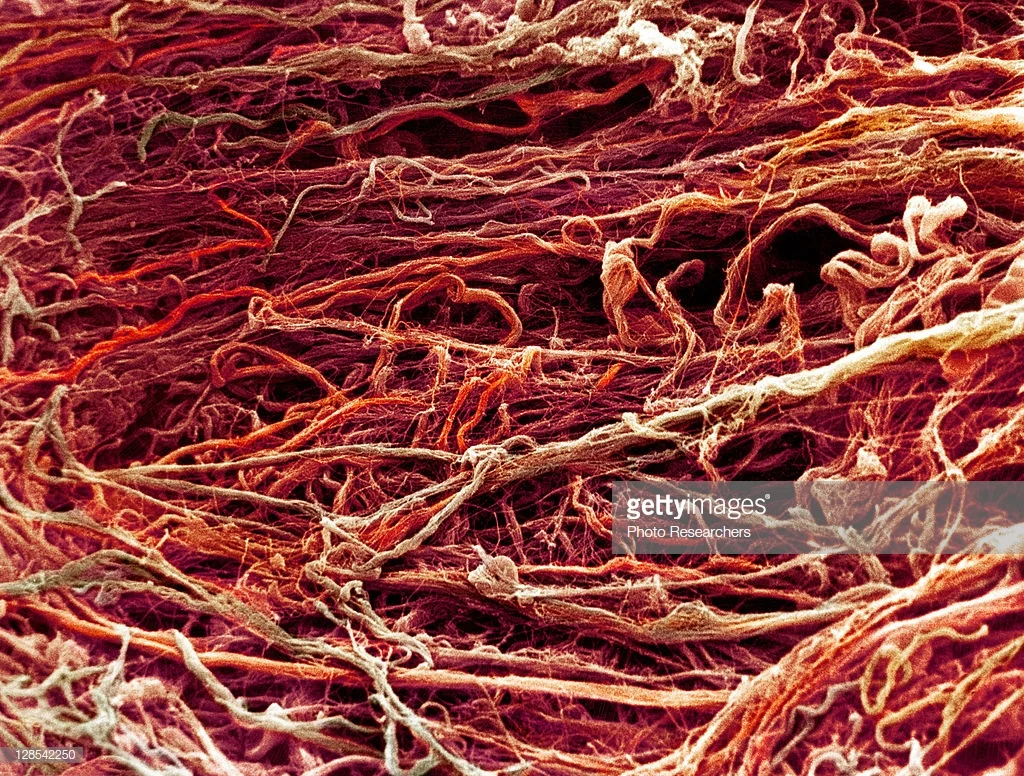
Inflammation As It Relates to Scars, Adhesions and Myofibrosis Treatment
ACUTE INFLAMMATION
Is normal and is meant to provide resources to help normal processes of growth, healing and repair.
Is an essential component in the natural response to injury and infection.
It is short-lived, usually less than 3 months.
CHRONIC INFLAMMATION
Is abnormal, harmful, progressive.
It causes cellular and organ damage due to biochemical and oxidative stress that develops poor circulation and fibrosis (scar-like tissue).
It is at the root of chronic diseases and disabilities and plays a key role in the progression of aging via tissue degeneration, autoimmune diseases, neuropathies, as well as neoplasms and cancers.
It is longer, usually longer than 6 months.
INFLAMMATORY DISORDERS MAY INCLUDE:
Acne
Asthma
Autoimmune disease
Celiac disease
Prostatitis
Atherosclerosis
Hypersensitivities
Neuropsychological disorders
INFLAMMATION AS IT RELATES TO ScarS, AdhesionS and muscle Remodeling
Scar tissue (external) and adhesions (internal) are your body's natural responses to tissue damage or chronic nerve irritation. This fibrous material is made of the same protein called collagen as the surrounding tissue, except for that it has poor circulation, flexibility and organization of fibres. The remodeled collagen is very disorganized and poorly laid down so it doesn't allow regular sliding and stretching of muscle and fascia layers over bony prominences and organs. This is why one feels stretching-like pain, "stiffness", "tightness", even what one may call "trigger points".
Nerves within muscles depend on full range of motion and flexibility of the layers to stay healthy. If a nerve branch runs through muscle, fascia or organ tissue but gets caught up in remodeling adhesions, the nerve becomes "pinched" or "stretched", leading to then the discomfort starts to feel more like burning or tenderness, which eventually calms down to a fixed tender point within the tissue (again, some people call this a trigger point).
Two Phases
The healing process consists of two phases:
Immature – Immediately after irritation or trauma to tissue, the wound heals via scar -- but this is considered immature tissue. During this period, the area may be painful, itchy or sensitive as the nerve endings are also healing. The area may appear reddened, but this will eventually fade with maturation. Exercise and massage will have the greatest positive effect on an immature scar.
Mature – Depending on the size and depth of the traumatized area, the disorganized tissue will continue to be laid down for up to 18 months. At this point, the scar or adhesion is considered mature. At this point, a more vigorous approach is necessary to minimize the pain and tightness of this remodeled tissue. Most patients note that they don't even notice painful adhesion contraction pain until after 2 years.
Techniques to minimize pain: Adhesion and Myofibrosis Treatment (amt)
This treatment can be performed at any time after 12 weeks (3 months) of the initial injury. Then more aggressive approaches may be used after 24 weeks (6 months).
Manual Lymph Drainage optimizes circulation around the injured area. Gentle, circular motions within the scar itself or a firm stretch to the skin above and below the scar will make the tissue feel softer.
Myofascial Release helps reduce shortening and contracture of the affected tissue by stretching the skin parallel or in circular motion along the scar.
Deep Transverse Friction can prevent adhesion formation and rupture unwanted adhesions by applying gentle pressure directly across to the remodeling tissue.
Lubrication of the scar helps soften and increase its pliability. Castor, Emu, Tamanu or vitamin E oil can prevent the scar from drying out and re-opening.
Stretching aids in increasing range of motion, especially when adhesions or scars cross over a joint, i.e. across neck or knees.
Heat Application helps the pliability and flexibility of the scar, but if the adhesions are caused by nerve impingement, i.e., sciatica, then cool compresses are more appropriate.